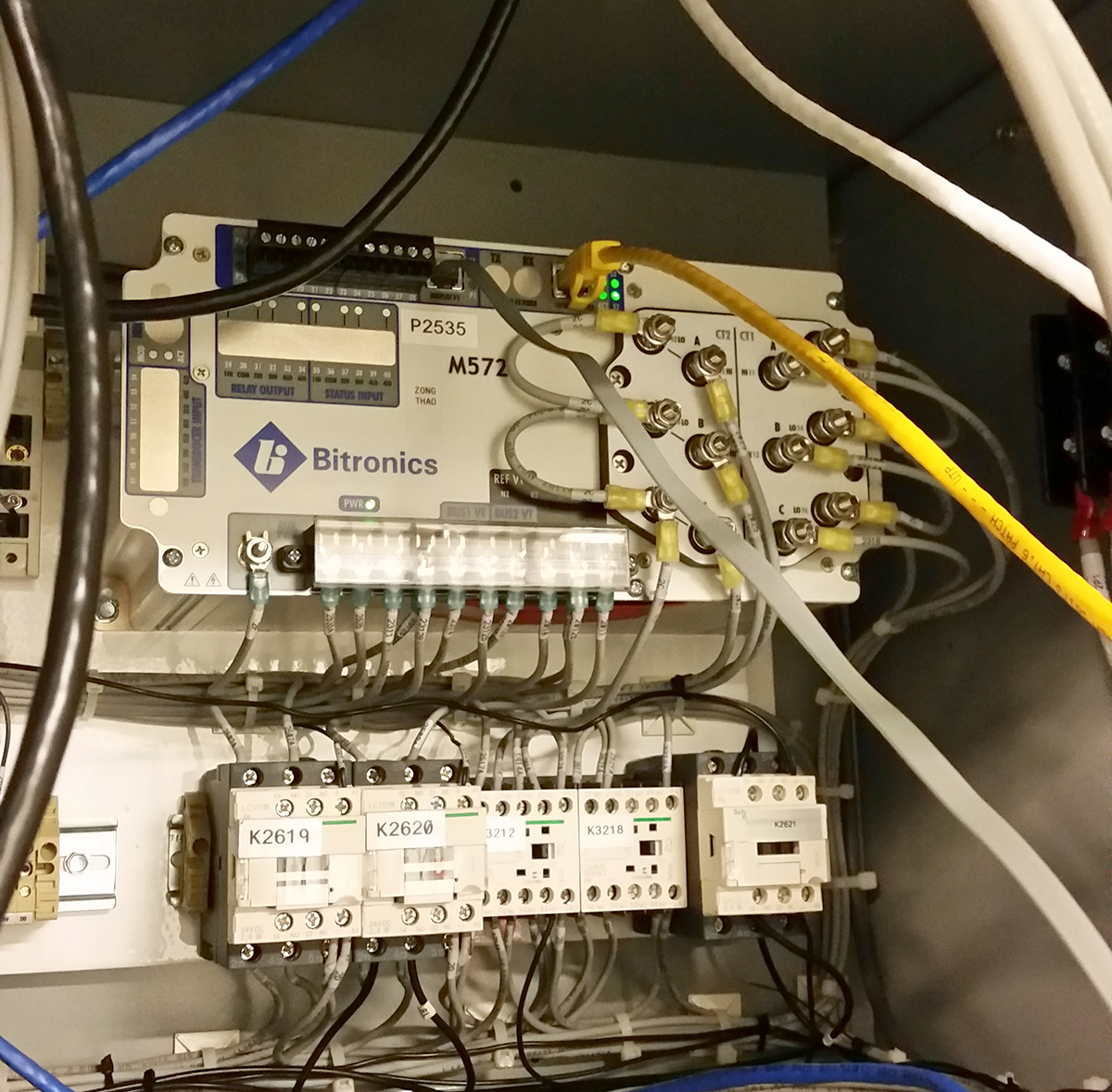More than 90% of electrical fatalities among US workers are due to electrical shock. This number does not even account for the large proportion of injuries and fatalities that are often misclassified under a different cause of death.
The NEC-2023 CMPs discussions will be starting soon. Some changes will be to clarify existing requirements, others to remove obsolete requirements, and, most importantly, changes to incorporate new or revised requirements to account for new technologies.
Advances in Disturbance Monitoring Equipment (DME) provide utilities with an economical retrofit solution to comply with NERC PRC-002-2 requirements
Whether it’s a single strand of twinkling lights coiled around an apartment railing or a more complex programmed controller that syncs light displays to the season’s hottest songs, we still need to raise awareness about safety related to these temporary lighting displays.
UL does Certify (List ) pods in many different configurations from sleeping pods to office pods/meeting rooms. UL investigates pods for compliance with the UL 962, the Standard for Safety of Household and Commercial Furnishings.
Let’s consider a 750 KVA; 600 VAC – 120/208 VAC rated 3 phase dry-type transformer with a primary current of 722.54 A.
A transformer is a part of a circuit or a feeder and that a continuous load connected to a transformer cannot exceed the rating of the circuit in which such a transformer is inserted.
AHJs are the acute eyes in the field to identify products that appear to be non-conforming or potentially dangerous to the community. They are a vital resource to Nationally Recognized Testing Laboratories (NRTLs) in keeping our communities as safe as possible.
That’s an informal way of stating that the clearances set forth in the National Electrical Safety Code® (NESC®) provide a basis for ensuring worker and public safety, as well as serving as a basis for settling legal and other types of disputes.
Expanding the IAEI membership base is the best way to grow and sustain IAEI as an organization. With its rich history of keeping the public safe from electrical hazards, the IAEI can continue in that direction through recruiting non-electrical inspector members who work in the electrical field.









